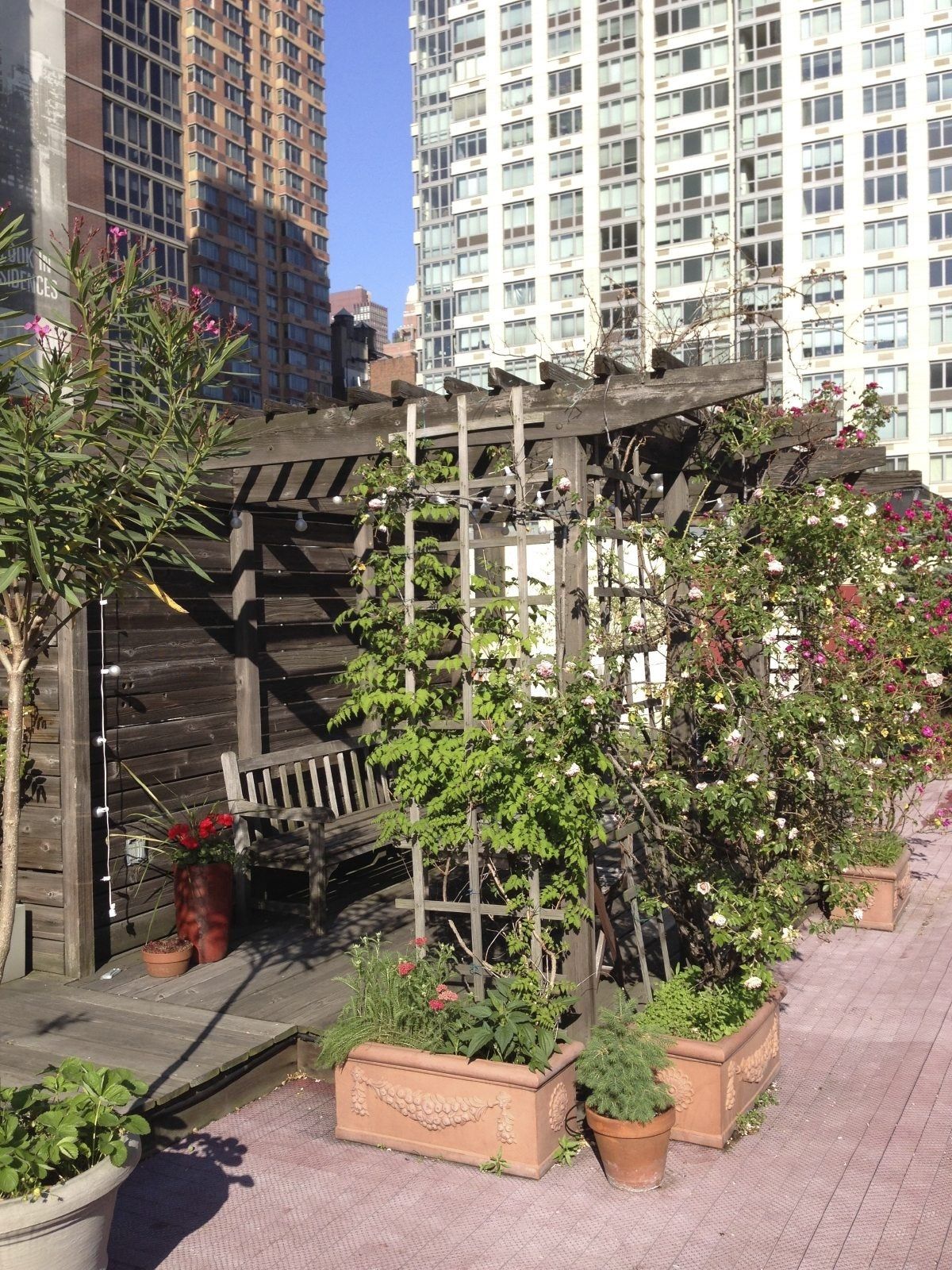Unknown Facts About City Blooming
Unknown Facts About City Blooming
Blog Article
City Blooming - Questions
Table of ContentsCity Blooming for DummiesThe Best Strategy To Use For City BloomingThe Greatest Guide To City BloomingThe City Blooming PDFsGetting My City Blooming To Work
Intrigued in expanding food up for sale in the City of Chicago? Considering beginning a neighborhood garden? Changes to the Chicago Zoning Regulation permit agricultural usages like neighborhood yards and urban farms in lots of parts of the city. Below is a checklist of often asked concerns concerning the guidelines and laws that farmers ought to consider when planning a metropolitan farming project.
The zoning amendment does not modify any kind of various other codes handling composting, building permits, purchasing or leasing City owned residential or commercial property, business licenses or environmental contamination. There are existing codes that manage these concerns and they continue to be completely impact and might be relevant to your task. Community gardens are typically had or handled by public entities, civic organizations or community-based organizations and kept by volunteers.
Urban farms expand food that is planned to be sold, either on a not-for-profit or for-profit basis. As a result of their commercial purpose, metropolitan farms need a company permit. Yes. An area yard is allowed to sell surplus generate that was expanded on site if the sales are accessory or secondary to the garden's primary function described over.
City Blooming - Questions
The quantity of compost material can not go beyond 25 cubic backyards at any type of provided time according to the requirements in 7-28-715 of the City's Municipal Code. Because the soil at a lot of new yard sites requires modifying, compost, soil, wood chips, or various other products can be acquired to construct or enhance the expanding area.

If a building permit is needed then the hoophouse will be thought about an accessory structure. You can discover even more regarding the structure permit requirements by contacting the Division of Structures. The 25,000-square-foot dimension limitation is meant to avoid a single area yard from controling a provided block or detracting from the block's existing residential or industrial character.
The limitation does not put on gardens located in Public Open Area (POS) areas. Can there be even more than one community yard that is 25,000 square feet on a single block? Yes. The dimension limitation puts on private sustainability gardens, not to specific blocks. No. Fencing is not called for, nonetheless, gardens that have large parking lot may be needed to mount fencing or various other landscaping features.
The 4-Minute Rule for City Blooming
B1 & B2 areas call for that all business use activities be carried out inside. R districts restrict industrial activity. The guidelines mirror the purpose and intent of the Zoning Code. Is fence needed for city ranches? Yes. Fencings may be required, together with landscape design and testing, for sure parking lot and outside job or storage locations relying on location and the certain activity occurring.
Yes. Urban ranches need building permits and zoning approvals before building. Various other types of city evaluation might be required depending upon specific frameworks, activities, dimension, landscape design, licensing, public heath and stormwater monitoring concerns. A lot of these demands are recognized in the job design or permitting procedure, nevertheless, the applicant might be responsible to separately identify specific licenses or permits that may be needed.
The Department of Company Matters and Consumer Protection can aid figure out the details kind of business license that's called for. Off street auto parking is needed for a lot of business jobs in Chicago. The required number of vehicle parking spaces is based on the number of workers working on site and not the square video footage of the growing space.
The smart Trick of City Blooming That Nobody is Talking About

Yes. A city farm can market garden compost product generated on website, nonetheless, the operation should abide by the laws in 7-28-715 of the Chicago Municipal Code. Yes. Aquaponic systems are allowed inside your home on metropolitan farms in numerous zoning districts. A zoning testimonial and structure authorization is required in order to mount frameworks or systems and a service license is needed as explained above.
Up to 5 hives or swarms of honey may be kept as an accessory use. Beekeepers must sign up with the Illinois Department of Agriculture. For more info concerning the proposed zoning change you might get in touch with the Department of Housing and Economic Development, Bureau of Planning and Zoning at 312.744.8563.
Farming in cities and city locations A metropolitan ranch in Chicago. Urban agriculture describes various practices of cultivating. https://www.find-us-here.com/businesses/City-Blooming-San-Francisco-California-USA/34090046/, processing, and dispersing food in city areas. The term likewise relates to the location tasks of pet husbandry, tank farming, beekeeping, and gardening in a metropolitan context. Urban farming is differentiated from peri-urban farming, which occurs in backwoods beside residential areas.
The Of City Blooming
, that seek to form social networks established on a shared values of nature and community holism. These networks can establish by way of formal institutional assistance, coming to be integrated right into neighborhood community preparation as a "transition town" activity for sustainable metropolitan growth.
The more direct accessibility to fresh vegetable, fruit, and meat products that may be realised through metropolitan agriculture can boost food safety and food safety while lowering food miles, bring about reduced greenhouse gas exhausts, consequently adding to climate adjustment mitigation. A few of the first evidence of metropolitan agriculture originates from Mesopotamia.
Report this page